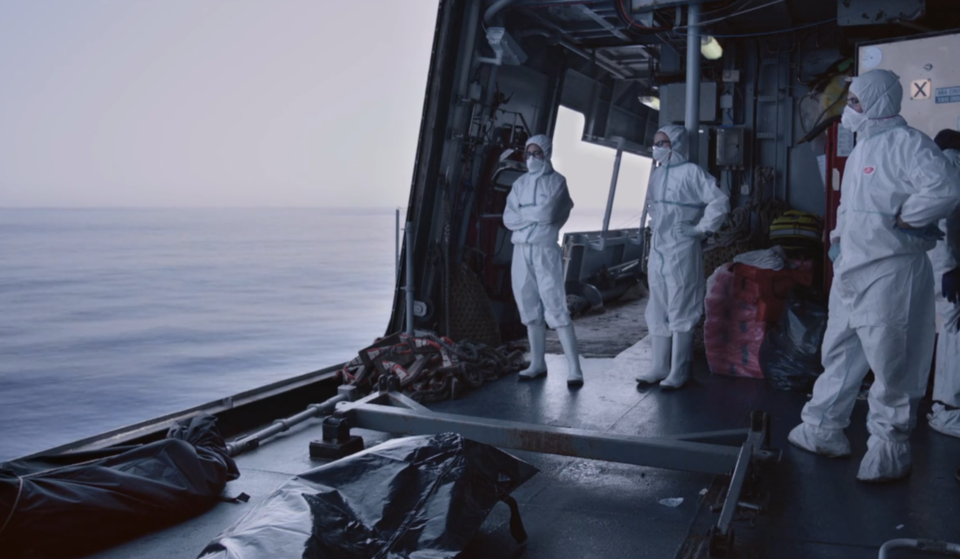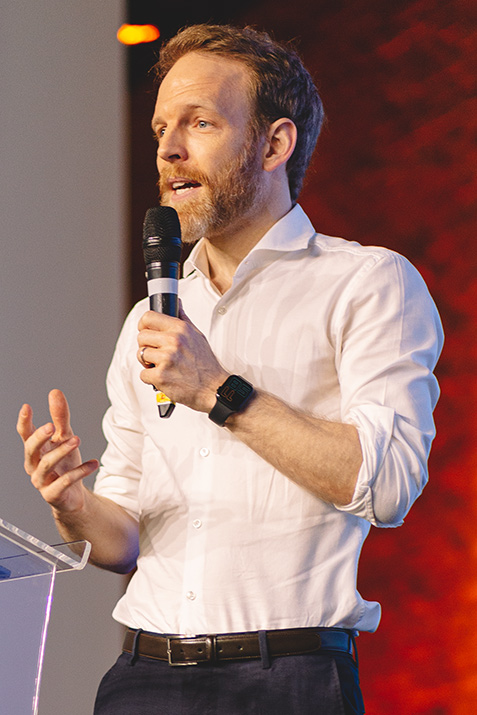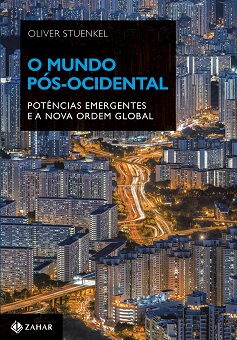Review: Fire at Sea (Fuocoammare). By Gianfranco Rosi (2016).108 minutes. Language: Italian
The worst refugee crisis of all time (now surpassing that of World War II) presents a serious threat to global political stability. With more than 60 million displaced, there are more than 20 million refugees in the world today, scattered across the Middle East, but also increasingly flowing into Europe, where societies are struggling to cope. More than one million refugees have entered Germany alone. In Lebanon, one in five inhabitants is now a Syrian refugee, and in Jordan, the fourth largest ‘city’ is a refugee camp. One of the most gruesome stages of this global catastrophe is the Mediterranean Sea, where thousands have perished seeking to cross over to Europe. Over the past years, almost half a million migrants from Africa and the Middle East have landed on the small Italian island of Lampedusa alone, and some 15,000 have died during or after their perilous journeys.
All this provides ample material for a fast-paced, fact-filled documentary with a clear call for action à la TED-talk. Gianfranco Rosi, however, chose to produce something more subtle, much slower and seemingly unstructured at first glance. Beyond a brief presentation of some figures at the very beginning, the documentary provides no “facts” at all, but rather an impressionistic portrait. There is no narrator, no sense of what comes in the next scene, and no plot. All that makes the result somewhat mysterious, but ultimately far more unsettling than any other documentary about the topic.
For much of this decidedly anti-commercial documentary, the viewer is left seeking to establish a connection between the story lines. There is Samuele, the 11-year old Italian boy who enjoys playing outside and spending time with his grandmother. There is a radio DJ playing outdated love songs over the local airways, and Pietro Bartolo, one of the few doctors on the island. He is exposed to the continuous suffering of those arriving in Lampedusa. Their lives are seemingly unbothered by the horror that unfolds around them, but we soon learn how they too, are affected. Samuele suffers from anxiety attacks, while Pietro Bartolo cannot forget the autopsies he must carry out on many migrants he could no longer save. These images haunt him even in moments of happiness, such as when showing a pregnant women the first ultrasound image of her unborn twins.

Rosi, who largely worked alone, handling sound and camera duties himself, provides an intimate glimpse into the daily lives of the local population. By including many seemingly uneventful scenes — say, a family having dinner or Samuele building a slingshot — the viewer has the impression of having spent time on the island him- or herself. The understated nature of the documentary strangely make the few harrowing scenes much more real. A rescued Nigerian migrant interviewed by Rosi on an Italian ship talks about the trip, yet even after the odyssey, he is strangely composed, as if wanting to spare his interlocutor of the worst details. “Downstairs in the boat it was very hot… very hot, you know?” he says, signalling with his hands what the viewer will see a few minutes later: tens of corpses piled up where diesel fumes make survival very difficult during the voyage.
In several instances of the documentary, we want to look away of fast forward when Rosi forces the viewer to look at deeply unsettling scenes that feel like an eternity, such as the coastguards on an Italian ship resting after having rescued hundreds to African migrants, staring at the corpses in bags. This was no unique catastrophe due to bad weather. Quite to the contrary: the water is flat, the sun is shining, and the imagery is almost pleasant. The coastguards are not alarmed; they are merely going after their routine. It is just another normal day on the coast of Lampedusa.
Fire at Sea is quite brilliant and humane, but also utterly depressing, as it radiates hopelessness, leaving the viewer with the certainty that there is very little than we do to stop what has become the 21st century’s greatest human tragedy. In the final scene, a tired Samuele is seen shooting an imaginary in every direction, as if surrounded by an inescapable and approaching catastrophe.
—–
Read also:
Temer and Refugees in Brazil: Off the Mark (Americas Quarterly)
How Brazil loses the battle for international talent
Photo credit: Massimo Sestini—Polaris









